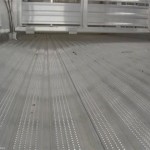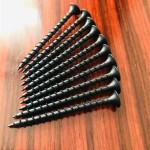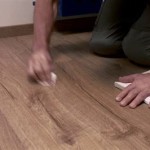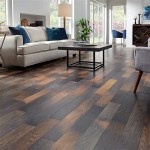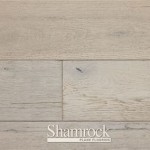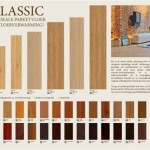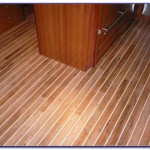Wood Flooring and Tile Designs: Essential Aspects for Home Decor
When it comes to flooring, wood and tile remain timeless and versatile choices that can elevate the aesthetics of any home. Understanding the essential aspects of these materials is crucial for making informed decisions that align with your style and functional needs.
Wood Flooring: Warmth and Elegance
Wood flooring adds warmth and character to living spaces. It is available in a wide range of species, each with its unique grain patterns and color variations. Solid hardwood is the most durable and luxurious option, but engineered wood offers a more budget-friendly alternative with similar aesthetics.
Consider the following factors when choosing wood flooring:
- Species: Oak, maple, and walnut are popular choices for their durability and versatility.
- Finish: Unfinished wood allows for customization, while prefinished options are more convenient and durable.
- Grain pattern: Straight, flat, or rift-sawn grain affects the overall appearance of the floor.
- Installation method: Floating, nail-down, or glue-down methods depend on factors like subfloor type and budget.
Tile Flooring: Versatility and Durability
Tile flooring offers exceptional durability and versatility, making it a great choice for areas with high traffic or moisture. Ceramic, porcelain, and natural stone tiles are popular options.
Key considerations for tile flooring include:
- Material: Ceramic tiles are cost-effective, while porcelain is more durable and stain-resistant. Natural stone tiles offer a unique and luxurious touch.
- Shape and size: Square, rectangular, or hexagonal tiles come in various sizes to create different patterns and effects.
- Texture: Smooth, textured, or non-slip tiles cater to different functional and aesthetic needs.
- Grout color: The grout between tiles can complement or contrast the tile color, affecting the overall appearance.
Design Considerations
Combining wood and tile flooring can create a dynamic and visually appealing effect. Here are some design tips to maximize the impact:
- Transition strips: Use transition strips to smoothly connect wood and tile flooring in different rooms.
- Patterns: Experiment with different tile patterns, such as herringbone, chevron, or mosaic, to add visual interest to a space.
- Contrasting colors: Create a bold statement by pairing dark wood flooring with light-colored tiles or vice versa.
- Texture: Combine smooth wood flooring with textured tiles to add dimension and depth to the design.
Conclusion
Wood and tile flooring offer a vast array of design possibilities and functional benefits. Understanding the essential aspects of each material and considering design principles will help you create beautiful and practical flooring that complements your home decor and enhances its overall ambiance.

How Does Wood Flooring Help To Protect The Environment

Wooden Floor Tiles Bathroom Kitchen Kajaria S No 1 Tile Co

Natural Looking Wooden Floor Wall Tiles At Best Orientbell

Why You Must Choose Wood Floor Tiles Over Wooden Flooring

Wood Tile Flooring

Wood Floor Tiles A Great Flooring Solution For Your Home Interior Design And Decorating Decoração Cozinha Grande Piso Residencial Remodelação Da Casa

What Are The Top Tile Trends In 2024 Flooring America

Wood Effect Tiles For Floors And Walls 30 Nicest Porcelain Ceramic Designs

Creative Ways To Use Wooden Tiles In Your Home Beautiful Homes

Why Wooden Tiles Are Better Than Flooring In The N Climate
Related Posts

